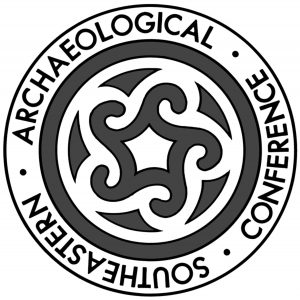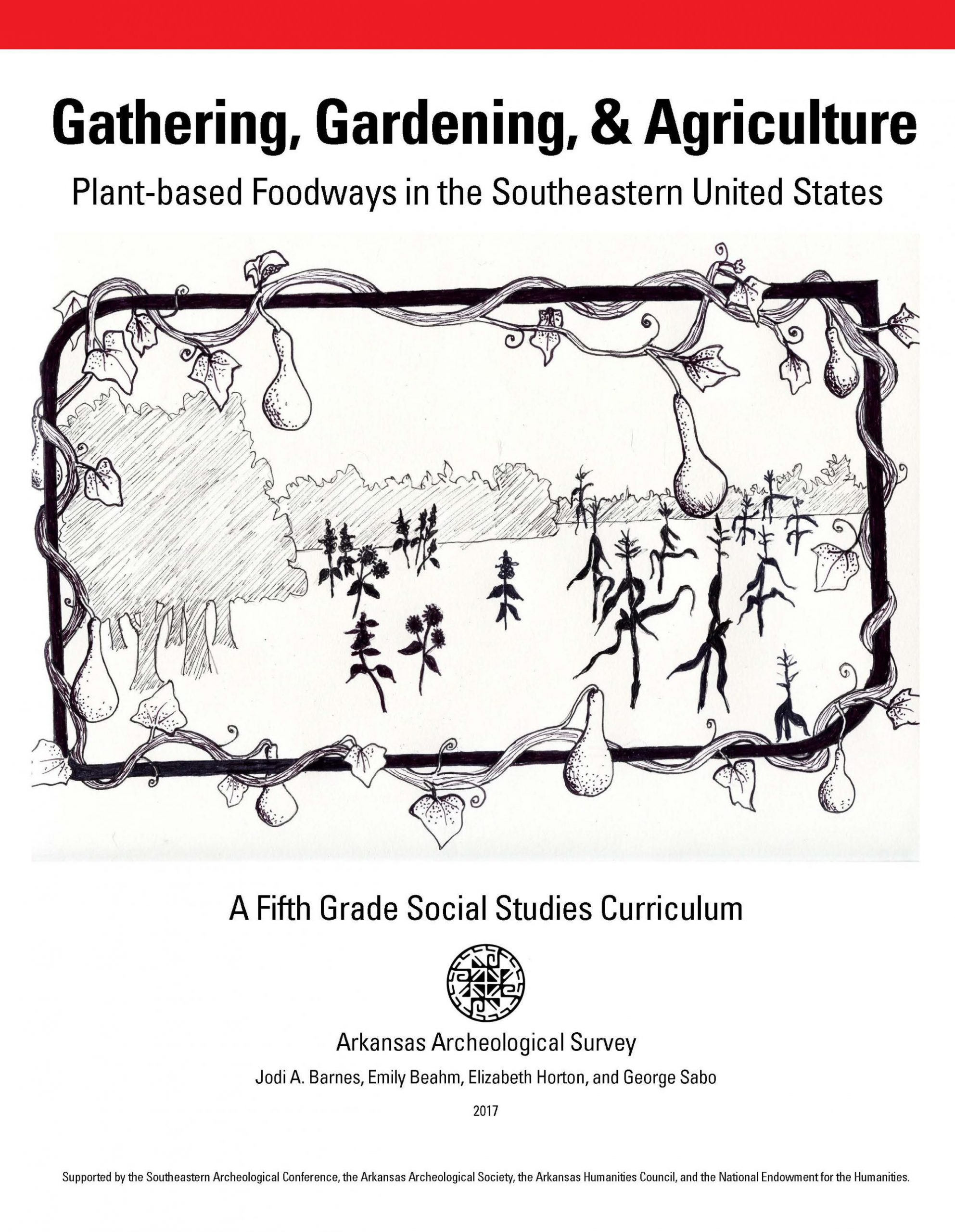About our 5th Grade Social Science Curriculum
Gathering, Gardening, and Agriculture: Plant-based Foodways in the Southeastern United States is a 5th grade Social Studies curriculum developed by the Arkansas Archeological Survey. Supported by the Arkansas Humanities Council, the National Endowment for the Humanities, the Southeastern Archaeological Conference, and the Arkansas Archeological Society, it was designed in 2017 to help educators teach students about precolumbian societies in Arkansas. It has not been updated since changes to the Arkansas State Board of Education (SBE) Social Studies Standards in 2022.
The educator and student materials from the Gathering, Gardening, and Agriculture curriculum are included on this web page to help make teaching easier. Hard copies of the curriculum are available to order (for the cost of shipping) from the Arkansas Archeological Survey’s storefront.
The Arkansas Archeological Survey is also offering Teacher Workshops to help educators use this curriculum. Contact Michelle Rathgaber for more information at mmrathga@uark.edu or 479-575-3556.
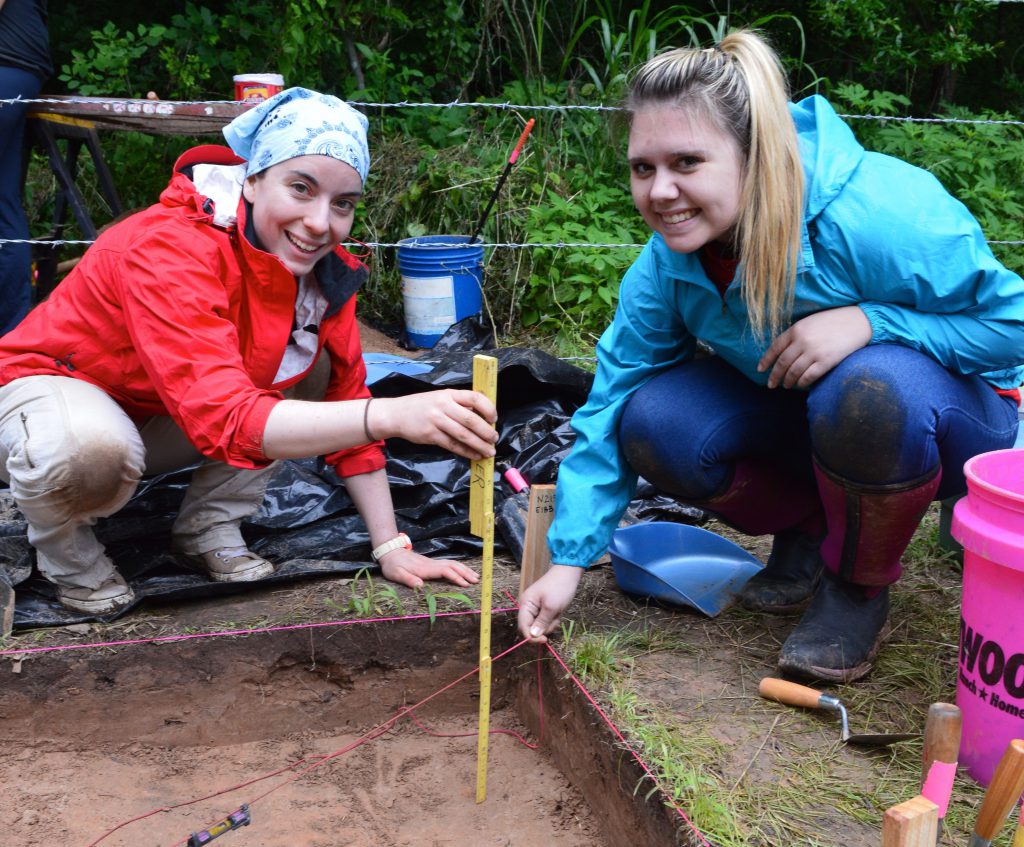
Why Archeology?
Gathering, Gardening, and Agriculture: Plant-based Foodways in the Southeastern United States is aligned with the 5th grade Arkansas Department of Education (ADE) Social Studies Curriculum Framework. It promotes the use of archeology in social studies education in Arkansas’s public schools. Each year, hundreds of 5th grade educators teach their students about precolumbian societies and early European exploration in North America (ADE 2014), a period known largely through archeology. Archeology is a scholarly discipline that integrates elements of social studies, humanities, and science to reconstruct and study past human communities. Because of its interdisciplinary nature, many upper elementary and secondary educators find archeology an engaging way to teach social studies, history, and science. This curriculum offers lessons and activities to help teachers and students explore precolumbian societies and early European exploration, while highlighting specific sites and events in Arkansas.

Why Plants?
Plants are the backbone of life on Earth. They are essential for human life and are integrally related to air, water, and climate. Plants are vital to our everyday lives. They are the foundation for diverse habitats. They are an important part of a nutritious diet. Archeologically, plants provide a lens into past social and cultural changes. People have a long and complicated history of plant use. Plants are and have been vital to people for food, for medicine, as a raw material resource for building homes or boats, and for making tools. As critical parts of our foodways, plants not only fulfill nutrient needs, they teach us about culture, history, and economics. Biologically, people need food to survive, but what we eat is part of our history and culture. In fact, plants have been so important that we often forget how much of our lives and our history are based in plants.
There is another reason why the ancient use of plants is such an important part of Arkansas history. Arkansas, along with the surrounding mid-South region, is one of only ten world centers of independent crop domestication. Preserved plant remains excavated from dry bluff shelters in the Arkansas Ozarks (and now curated at the University of Arkansas) represent most of the evidence supporting this identification. This curriculum is designed in part to celebrate this important aspect of our past.
This curriculum takes a comparative approach to cultural development, while exploring both long- and short-term effects of European colonial influences in the Americas and Arkansas (ADE 2014:H.12.5.1-H.12.5.4). Through this curriculum, students learn key episodes in history, patterns of change through time, and the ways scholars view, construct, and interpret the past (ADE 2014:16). We hope public school educators will use this curriculum to help convey the importance of preserving the past and to generate a more comprehensive understanding of the many ways people have lived in the world.
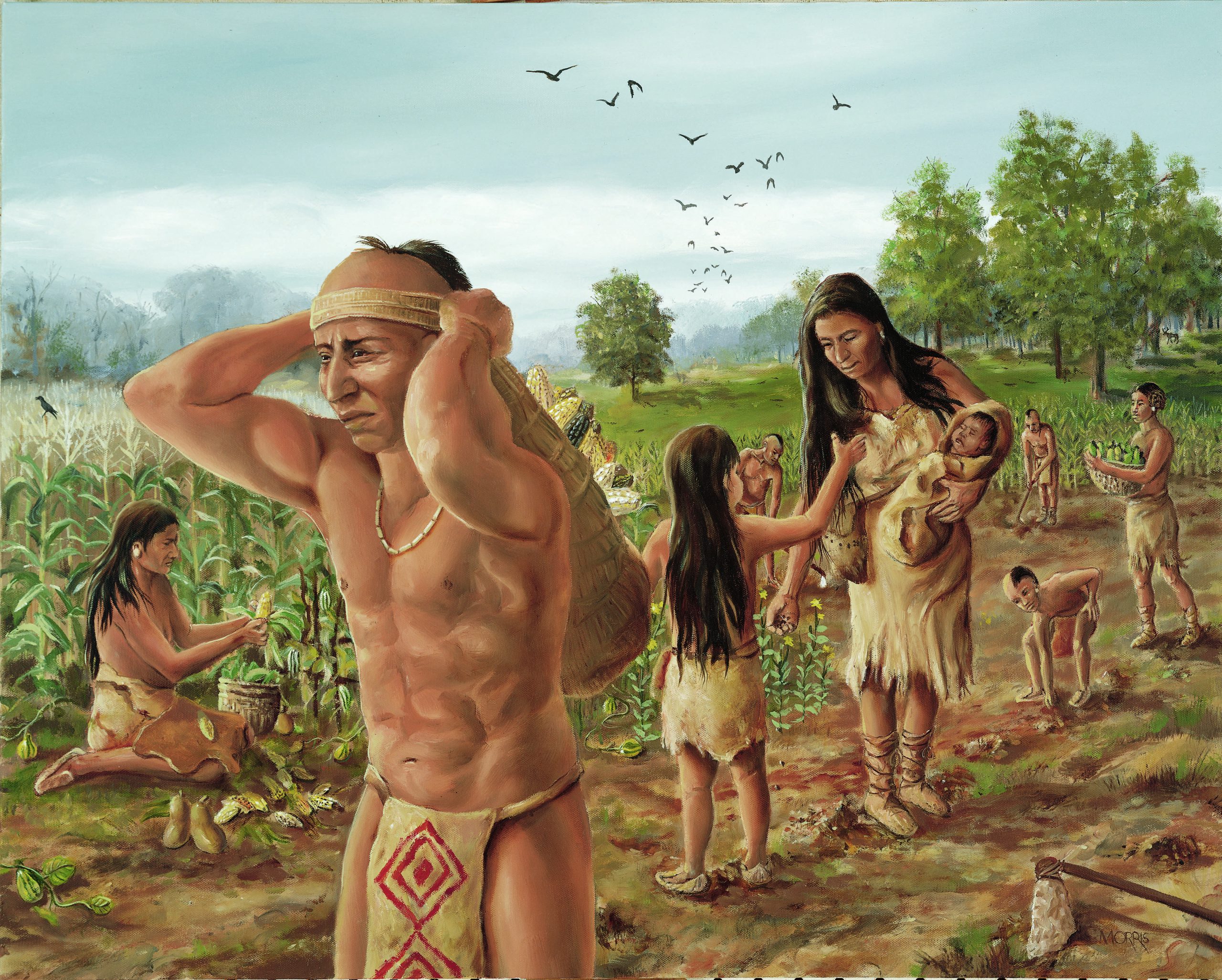
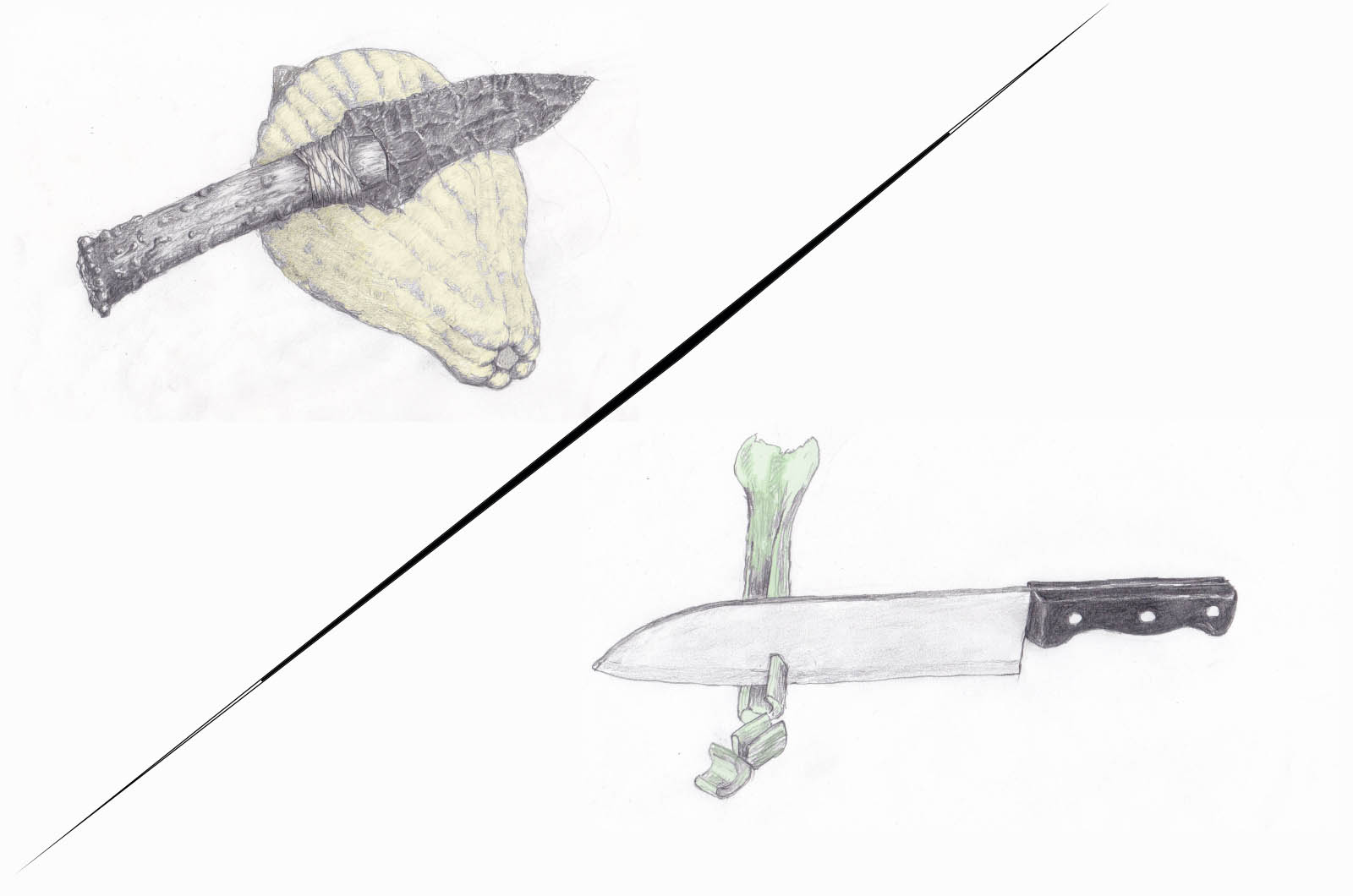
Archeology studies the human past through objects that people made, lost, discarded, or left behind. It is the record of the past and our database for learning about the people, cultures, and environments that came before us. Archeologists regularly employ conceptual tools such as observation, inference, context, evidence, and chronology to study the record of the human past, as do other scientists and historians. These tools make archeology a hands-on and fun way for educators to teach social studies and for students to experience the past. With its comparative perspective, archeology also offers a way to use knowledge about the past to inform the present and future. It provides an effective viewpoint for teaching cultural understanding, because it allows students to compare different cultural perspectives. Even though nearly all humans need the same things to survive — food, water, shelter, and companionship, the ways people meet these basic needs can be very different. By examining the creative ways people met those basic needs, students realize that people are more similar than they are different. Archeology is a way to help students see their ancestors in a very human way.
Archeologists, like historians, are interested in change over time. Archeology is one of the few ways to learn about people who left no written records. In North America, this is 97% of human occupation and for the rest of the world the percentage is even higher. Archeology and history have similar goals; both seek to reconstruct and understand the human past. Archeology uses material evidence such as artifacts, buildings, stone walls, fire hearths, butchered animal bones, and charred seeds to reconstruct the past. By looking at changes in the material evidence, like stone tools or plant remains, archeologists can identify both continuity and innovation over time. In addition, archeologists working on more recent sites often borrow from history to use written evidence such as letters and public documents. When used together, these sources complement one another and teach students how to think critically and construct a more detailed picture of the past.

Lesson Organization
Overview: Summarizes the key ideas in the lesson and makes connections between lessons.
Lesson Objective: The key ideas that students will acquire and a summary of the activities students will complete to learn the concepts and grasp the enduring understandings.
Critical Thinking Question(s): The essential questions that guide the lesson.
Materials: Items needed to complete the lesson, divided into items needed for each student, for the class as a whole, and for teacher-led instruction. The materials are provided inthe curriculum book and are available for download. Other materials are inexpensive and easy to find and prepare.
Background: Information on the direction of the lesson, how to plan for it, and content to be shared with students.
Getting Ready to Teach: Step-by-step procedures to prepare to teach the lesson and coordinate all activities. In some cases, materials need to be prepared or students assignments made a few days in advance of teaching the lesson.
Key Terms: Vocabulary words for reference and use in writing assignments.
The 5E’s Informational Model
Engagement: An activity to discover what students know about the concepts to be taught.
Exploration: An activity or activities designed to teach new concepts and understandings.
Explanation: Reflection on the content and concepts taught to reinforce the new knowledge; review of Background information.
Elaboration: An activity or activities designed to challenge and extend students’ conceptual understanding and skills.
Evaluation: A method for students to demonstrate their grasp of the concepts and objectives.
Unit Organization
Lesson One: Archeology Is about People. This lesson defines archeology, dispels common misconceptions,
and introduces students to the critical thinking and analysis processes that archeologists use to study the past. Students explore chronology, observe objects and infer their use in an archeological context, and use evidence to answer questions about the past. It introduces students to the importance of chronology and context in the study of archeology.
Lesson Two: Foraging Foodways. Students participate in the foraging foodways simulation and learn about early foragers. Students explore the basic need for food and learn about foodways and nutritional, cultural, and economic practices related to the production and consumption of food cross-culturally.
Lesson Three: First Gardens. This lesson introduces students to the basics of stratigraphy and students learn how archeologists determine the relative age of artifacts. Here students look at domesticated plant seeds and learn how Native American cultures changed with the development of gardening.
Lesson Four: Changing Gardens and Evolving Fields. Lesson Four introduces students to changes associated with the adoption of corn agriculture, introduced from Middle America during late prehistoric times, using both archeological and Native American perspectives.
Lesson Five: Stability and Change in Early Colonization. Lesson Five introduces students to the use of primary historical sources. They learn how to study maps and accounts written by early explorers to identify evidence of additional changes in Native American foodways.
Bonus Lesson: Many People, Many Plates. In this bonus lesson, students learn about the Colombian Exchange and map the origin and spread of plants and think about how this historical process shaped their diets.
Assessment
Assessment is an integral part of each instructional event and the lesson as a whole. Assessments are designed to determine if students have grasped the enduring understandings, and all learning activities are designed to enable students to complete the assessment successfully. In most cases, assessments are simulations of problems, issues, or challenges that a professional archeologist might face. They are usually performance based, allowing students to relate what they are learning to real-life contexts and situations. Assessment in the unit is primarily formative, to check and refine understanding as learning progresses. All activity sheets can be picked up and graded to assess reading comprehension, question development, use of sources and evidence, and communication. There are also a number of Optional Writing Prompts at the end of lessons that could be assigned as assessments. Students should be encouraged to use the Key Terms to respond to the questions.
Standards
This curriculum provides many opportunities for students to practice English Language Learning per the Common Core State Standards with social studies and science content. It is aligned with Arkansas Department of Education Social Studies Curriculum Framework, and addresses each of the four primary strands (government and civics, economy, geography, and history) along with many of the associated rubrics. Archeology is inherently interdisciplinary, as archeological inquiry allows students to integrate knowledge across subjects: social studies, science, art, and literacy. The lessons engage students in discussion, collaborative work, and learning and using domain specific words in context. Students read non-fiction texts for content, perspective, and key ideas and employ the graphics provided to enhance their understanding. The lessons encourage students to evaluate sources of information, draw and build upon ideas, explore issues, examine data, and analyze events from the full range of human experience to develop critical thinking skills essential for being productive citizens.
5 Es Instructional Model
An important part of social studies education is the ability to actively engage students in ways that promote success in using new information to build knowledge and understanding. Archeological inquiry provides young students with an engaging way to learn social science practices and their underlying concepts. As a scientific endeavor, archeologists ask questions, plan and conduct investigations based on those questions, collect data both quantitatively and qualitatively, and construct interpretations and explanations based on evidence. This curriculum is organized around the Biological Sciences Curriculum Study 5E Instructional Model (1987) that promotes an inquiry based approach to learning, where students are actively engaged in acquiring knowledge in ways that promote student success. The 5E Instructional Model includes 5 phases: engagement, exploration, explanation, elaboration, and evaluation and follows the natural way we learn in everyday life.
The 5E model emphasizes teaching for deep understanding of big ideas or broad concepts rather than acquisition of isolated facts. This is referred to as enduring understanding (Wiggins and McTighe 1998:10). These enduring understandings, or lesson objectives, are supported by “essential questions [critical thinking questions] that facilitate student learning rather than memorizing facts.”
Each lesson in this curriculum is based on the 5E model. A lesson is framed around a lesson objective (the enduring understanding) and critical thinking questions (essential questions). A lesson begins by sparking initial curiosity and engagement. Engagement connects students’ past and present experiences, creates interest, generates curiosity, and uncovers students’ current knowledge and misconceptions. To begin, the teacher asks a question, shows something interesting, or poses a problem. The teacher accesses the learners’ prior knowledge and helps them become engaged in a new concept through the use of short activities that promote curiosity and elicit prior knowledge. The activity should make connections between past and present learning experiences, expose prior conceptions, and organize students’ thinking toward the learning outcomes of current activities. Students come to the classroom with preconceptions about how the world works. If their understanding is not engaged, they may fail to grasp the new concepts and information that are taught, or they may learn them for purposes of a test but revert to their preconceptions outside of the classroom.
Next is an exploration that provides students with a common base of activities within which current concepts, processes, and skills are identified and conceptual change is facilitated. Learners complete activities that help them use prior knowledge to generate new ideas, explore questions and possibilities, and design and conduct a preliminary investigation. It offers opportunities for creative thinking and skills development. In the lessons, students make observations, record observations and ideas, make connections, and ask questions. The lessons encourage students to work in groups and the teacher to act as a coach or facilitator.
The next phase of the model is explanation where students focus attention on a particular aspect of their engagement and exploration experiences and demonstrate their conceptual understanding, process skills, or behaviors. This phase also provides opportunities for teachers to directly introduce a concept, process, or skill. Learners explain their understanding of the concept. Students describe their observations and come up with explanations. They listen critically to others’ explanation, develop vocabulary, and learn to apply and interpret evidence. Teachers guide students’ reasoning, ask appropriate questions, and direct students to additional helpful resources.
For the elaboration phase, teachers challenge and extend students’ conceptual understanding and skills. The lessons provide new experiences for the students to develop deeper and broader understanding, more information, and adequate skills. Students apply their understanding of the concept by conducting additional activities. Students use information to propose solutions and extend their learning to new situations. The teacher helps students broaden their understanding and extend their ideas to other situations so that they can draw broader conclusions.
The final phase is evaluation. This phase encourages students to assess their understanding and abilities and provides opportunities for teachers to evaluate student progress toward achieving the educational objectives. Everyone involved evaluates. Students demonstrate understanding of a concept or skill (what has been learned) and evaluate their own progress. Teachers evaluate students’ and their own progress, and rely on alternate strategies of assessment.
Teacher Workshops
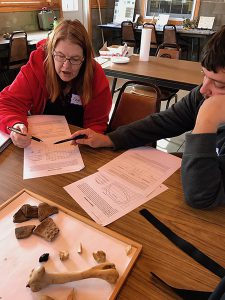
To facilitate the use of this curriculum, archeologists are holding a full-day teacher’s workshop. The workshop is free. Teachers can receive four ADE Professional Development credits. To schedule a workshop, contact Dr. Michelle Rathgaber at mmrathga@uark.edu or 479-575-3961.
Archeologists at the Arkansas Archeological Survey are available for classroom visits. Contact Dr. Rathgaber for more information.
Acknowledgements
This project was supported in part by the Arkansas Humanities Council, the National Endowment for the Humanities, the Southeastern Archaeological Conference, and the Arkansas Archeological Society. We are grateful for their support. In addition, we would like to thank Katy Gregory, Rachel Whitman, Shelle Stormoe (Arkansas Historic Preservation Program), Allison Reavis (Arkansas Historic Preservation Program), Sarah Matlock (Glen Rose Middle School), and Brynn Sims (Oakdale Middle School, Rogers). Thanks to Larry Porter and Jane Kellett (Arkansas Archeological Survey) for the black and white illustrations and Elizabeth Knox for the beautiful color images of plants used on this website. Thanks to Lydia Iris Rees (Arkansas Archeological Survey) and Denise Baldwin (University of Arkansas at Monticello) for reading early drafts of this curriculum and providing thoughtful feedback. Carol Colannino-Meeks (Southern Illinois University Edwardsville) was influential in the development of this curriculum. Without her initial idea, project planning, grant writing, and thoughtful comments on previous drafts this project would not have happened.



